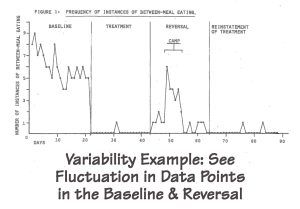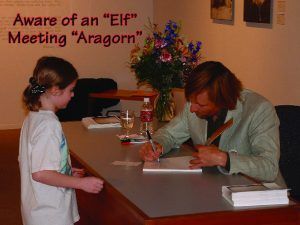Welcome (Mysteries of Living 1 of 72)
Welcome to the first of many columns exploring some of the mysteries of life and living, especially some behavior–related mysteries. Each column will include where to find more information. And each column provides some basics of a scientific account for its mystery.










